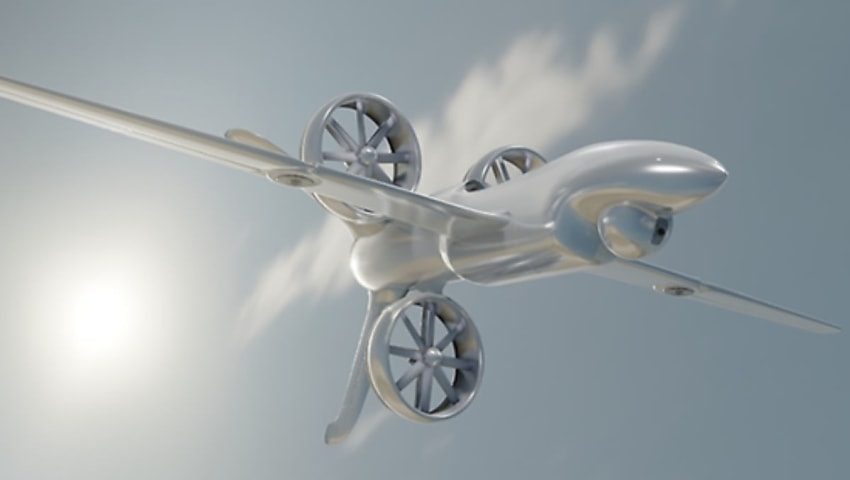The research agency has commenced work to develop and flight test next-generation VTOL capability.
The Defense Advanced Research Projects Agency (DARPA) has officially launched its “AdvaNced airCraft Infrastructure-Less Launch And RecoverY X-Plane” program — dubbed ANCILLARY.
The work aims to develop and flight demonstrate critical technologies required for a leap ahead in vertical take-off and landing (VTOL), low-weight, high-payload, and long-endurance capabilities.
This forms part of a broader mission to develop a plane capable of launching from ship flight decks and small austere land locations in adverse weather without traditional launch and recovery equipment.
“The ability for the warfighter to deploy and retrieve such systems in challenging conditions without reliance on infrastructure would minimise personnel, costs, and vulnerability during sensitive operations,” Steve Komadina, the DARPA program manager for ANCILLARY, said.
The program is expected to build on work from a non-traditional commercial industry base, which has supported VTOL research investments and advanced controls.
This work has led to the development of vehicle configurations of varying sizes, weights, power, and cost.
This has been made possible by advancements in small propulsion systems, high-capacity low weight batteries, fuel cells, materials, electronics, and low-cost additive manufacturing.
“ANCILLARY plans to use a multi-disciplinary approach that will bring together developments in advanced control theory, aerodynamic modelling, and advanced propulsion to solve a combination of challenging design objectives,” Komadina added.
DARPA is hosting a Proposers Day and Expo on 20 September 2022 to facilitate collaboration between traditional aircraft manufacturers and non-traditional military contractors investigating commercial VTOL solutions.
The launch of ANCILLARY comes just months after DARPA unveiled its “Liberty Lifter” program – aimed at designing, building, and flying a long-range, low-cost X-plane capable of seaborne strategic and tactical lift.
The Liberty Lifter would build on existing cargo aircraft, in a bid to deliver next-generation heavy air lift abilities from the sea.
To achieve this, the work is expected to involve combining fast and flexible strategic lift of large, heavy loads with take-off/landing capability in water.
The platform’s structure is tipped to enable both highly controlled flight close to turbulent water surfaces and sustained flight at mid-altitudes.
Ultimately, the Liberty Lifter program seeks to address issues with traditional sealift capability, which can be vulnerable to threats, requiring functional ports, and could result in long transit times.
[Related: EOS subsidiary SpaceLink selected by DARPA for contract award]









